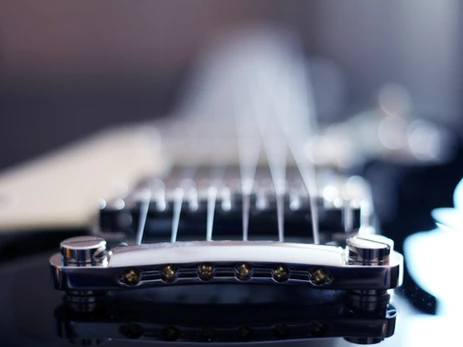Uncategorized
The 8 Must Know Chords for Beginner Guitarists
https://video.wixstatic.com/video/255d68_82f126310af546f0a5cbc0f4cfde9d9a/1080p/mp4/file.mp4
When you start learning the guitar, there are eight essential chords that you should know.
These chords are built around the open strings of the guitar and are often referred to as ‘open chords’. These chords are simple harmonically and relatively simple to play, which is part of the reason why they are so commonly used in guitar-based songs.
Here are the 8 Essential Guitar Chords for beginners.
1. E Minor
The first chord on the list is the E minor chord. It is the easiest chord to play, requiring only two fingers to fret it, usually these are the index and middle finger or the middle and ring finger.
The chord is built up of the notes E, G and B, with the most common version of the chord using all 6 strings, making it easy to strum.
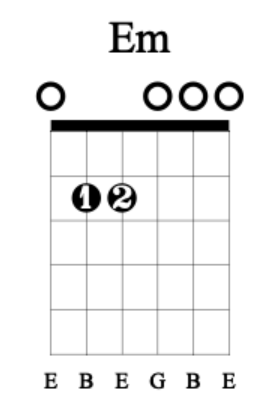
2. E Major
The E Major chord is very similar to the E minor chord, with one note/fret difference, as the chord is made up of the notes E, G# and B. If you use the middle and ring fingers to fret the 2nd frets, then you can easily switch between the E Major and E minor chords by placing the index finger down on the 1st fret of the G string.
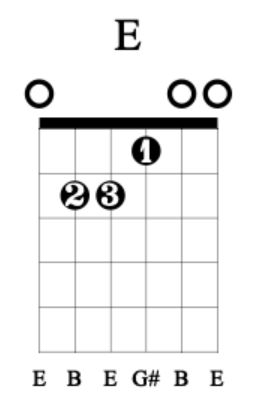
3. A Minor
The A minor chord is the same shape as the E Major chord, just moved up one string, this makes it easy to switch between the two chords when playing them in a chord progression. The A minor chord is made up of the notes A, C and E.
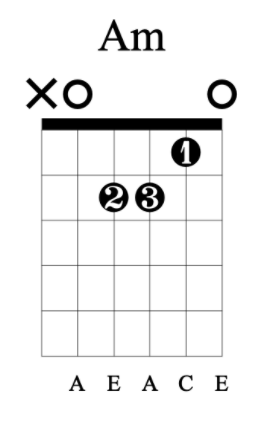
4. A Major
The A Major chord can be played in two different ways, either with three fingers (one on each string on the 2nd fret) or with a single finger ‘barred’ across the 2nd fret, making it the only chord out of these chords that can be played with a single finger. The notes that comprise this chord are A, C# and E.
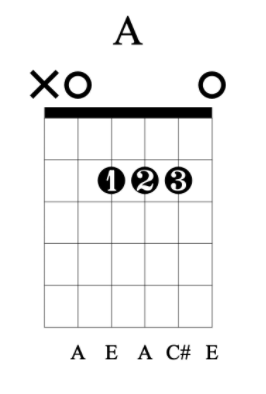
5. D Minor
The D minor chord is easy to remember, your first finger goes on the 1st fret, your second finger on the 2nd and your third finger on the 3rd fret. Along with the D Major chord these chords are the smallest out of the 8 essential chords, using 4 strings out of the potential 6.
The notes that make up this chord are D, F, A.
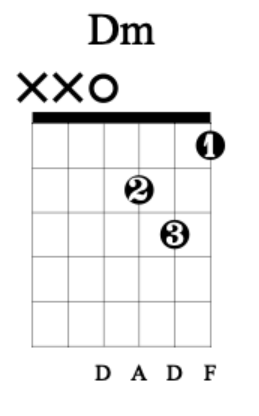
6. D Major
The D Major chord can be played with three individual fingers on each of the frets or you can barre your index finger across the 2nd fret to free up two other fingers. The notes used in this chord are D, F# and A.
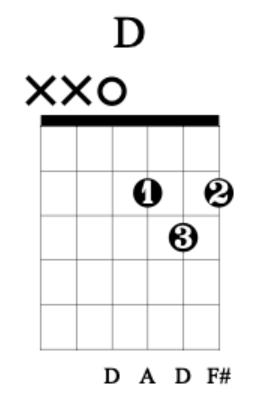
7. G Major
G Major is the ‘widest’ chord on this list, requiring the biggest stretch with the fretting hand. The notes used in this chord are G, B and D, with all 6 strings being used.
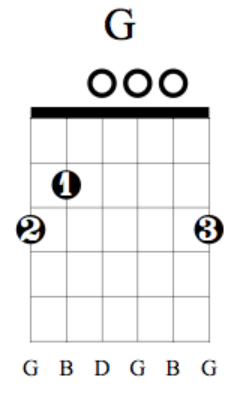
8. C Major
The final chord on this list is probably the most difficult to play out of these essential chords. With a bit of a stretch for the fretting hand and positioning of the fingers being tricky to get right at first. The notes used in this chord are C, E and G.
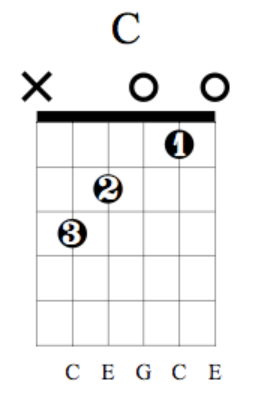
Conclusion
Once you have mastered these chord shapes you should focus on switching between each one in every combination possible, this will allow you to play thousands of songs on the guitar that use these basic shapes for their chord progressions.
Thomas Rickerby

